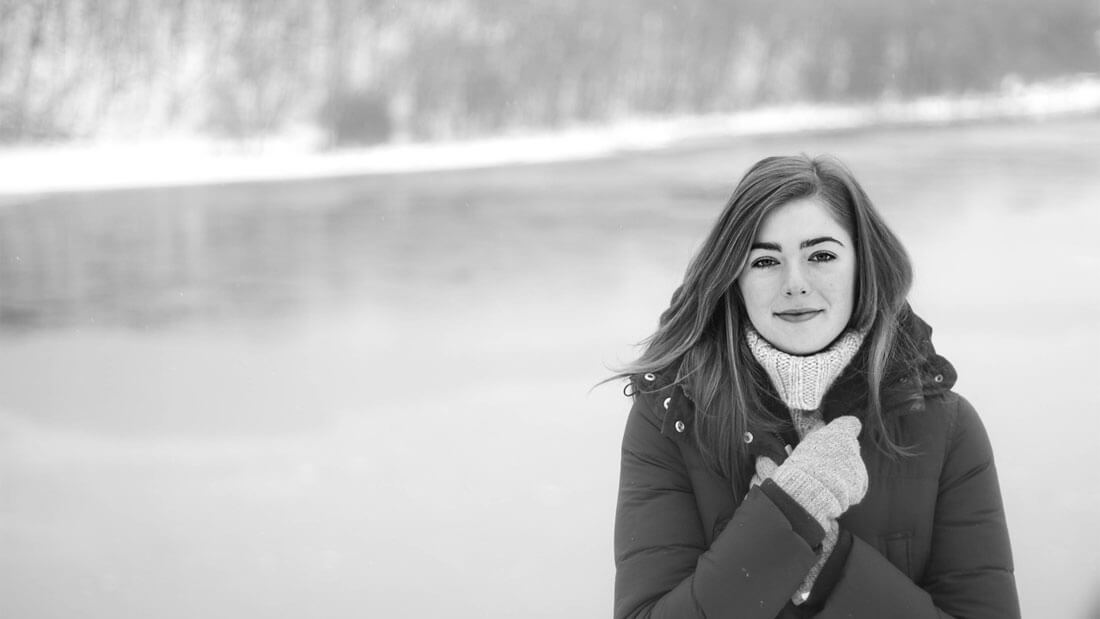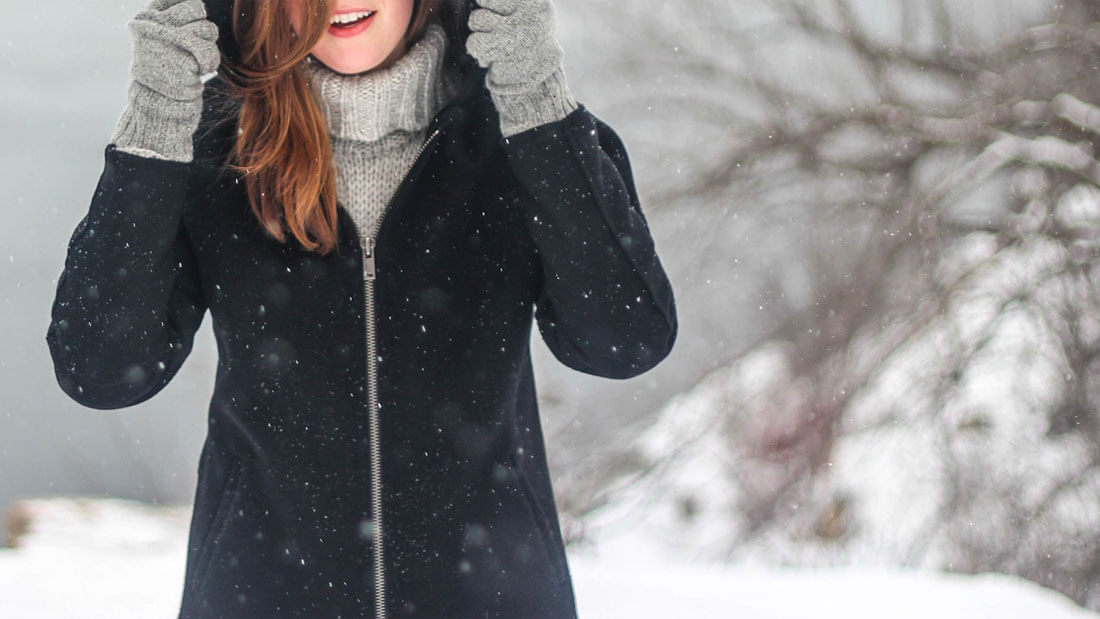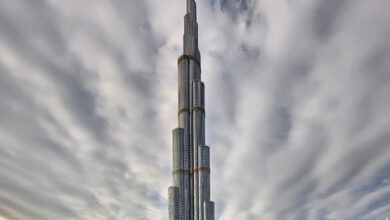What is Moisture Wicking?
Moisture-wicking means the ability of the fabric to move moisture away from the body and the fabric itself. This helps to keep the body dry even when the person sweats from either physical or mental effort. You’ll find this fabric technology in an abundance of high performance athletic and sports attire, because of its breathability, drying, and cooling capabilities.
A moisture-wicking fabric has two jobs:
- quickly moving sweat to the fabric’s outer surface
- drying rapidly so that your sweat doesn’t drench the fabric
As a result, you will be comfortable as your body can regulate the temperature without effort and the fabric touching your skin will serve your body a dry, non-sticky feel.

Mechanism of Wicking Fabrics
Moisture-wicking relies on “capillary action,” which is the movement of a liquid through tiny spaces within a fabric due to the molecular forces between the liquid and the fabric’s internal surfaces. Brands refine this process by engineering the structure of the yarns within their fabrics, and by applying various treatments to surfaces within that structure.
5 Best Moisture-Wicking Fabrics (Synthetic)

Synthetic Fibers
- Polyester/Polypropylene
- Nylon
- Spandex
- Nike Dri-Fit
1. Wool
Wool is slightly different as it absorbs liquid into the core of its fibres, but it also throws the moisture out through small openings within the fabric. The result is that the surface of wool yarn remains dry to the touch.
2. Nylon or polyester
It’s a synthetic material as they have excellent wicking ability as well as breathability. Moreover, it dries quickly while wearing and is long-lasting. Typically, it is the most friendly functional base layer.
3. Silk
This material is very fine and is made up of soft-lustrous fibre. Wearing silk makes you comfortable also allowing outstanding breathability.
4. Rayon
Rayon has a nice silk type feel with moderate breathability and can hang well. Equally important, it dries rapidly.
5. Linen
It is very durable and has wonderful breathability. Additionally, it is great for hot weather.
Why Choose Moisture-Wicking Fabrics
When you’re sweating, sweat evaporates and produces a cooling effect. Your body stops sweating when your skin temperature cools to a comfortable level. It’s a super-efficient process with which fabric will complement.
Generally, everyone wants the fabric on the surface that touches their skin, like on the clothes you plan to wear while you’re doing activities like Skiing, hiking or running.
A Simple Method to Care for Moisture-Wicking Garments
For moisture-wicking garments, follow the washing instructions. Use fabric softeners as they lay down a waxy residue that interferes with the fabric. When you use fabric softener, you’re basically trading moisture-wicking performance for a slightly softer and comfortable feel.
How to Layer Moisture-Wicking Fabrics
Follow the steps listed below:
1. Base Layer
Since this is the layer that is closest to your skin, this is when a moisture-wicking fabric is most useful. It’s also important to make sure this layer is insulated to keep your body heat in during winters.
2. Mid Layer
Use a breathable T-shirt.
3. Mid Layer (2)
Use fleece or thermal jacket for warmth
4. Outer Layer
Waterproof outerwear will come in handy. Prefer a hiking jacket that is also breathable for the ultimate comfort.
Qualities of the Moisture-Wicking Fabrics
Breathability
They let air in and sweat out. Breathable fabrics have tiny pores in the fabric, larger than water vapour molecules, but much smaller than drops of rain, so these can’t get in.
- Yarn twist is the way how threads in the fabric turn around each other.
The science behind the moisture-wicking fabric
- Capillary pressure is the main force responsible for the movement of moisture through a fabric. Here the force of the surface tension between the liquid and the walls of a narrow gap overcome the forces between the molecules of the liquid, moving it into empty gaps until the forces even out.
- Permeability is a measure of a fabric’s ability to transport moisture through itself and is determined by a combination of sizes of spaces within it and the connections between the spaces.
Benefits of Moisture-Wicking Clothes
Firstly, it keeps you cool as well as dry when you sweat. Accordingly, it can also aid in staying cool during the warm and humid summer months. Secondly, moisture-wicking clothes are breathable that adds comfort. Lastly, it’s quite easy to take care of these fabrics.

Consider the qualities listed below before choosing the moisture-wicking clothes:
- Prevents bacterial and fungal growth
- Relief for the night and cold sweats, plus hot flashes
- Keeping cool in hot weather and prevents hypothermia
- Conceals excessive perspiration by regulating body temperature
- Does not pile, fade, or shrink and are permanent
Manufacturers use a patented Dri-release which not only wicks away moisture but neutralizes odours to keep you smelling fresh! Some moisture wicking fabric can also be rough to the touch, but the stuff is extremely soft and lightweight.
How to create Moisture-Wicking?
Adding moisture-wicking properties can be done in a natural and technological way. Like,
- Polyester can be made more breathable by weaving hydrophilic fibres so that the moisture is drawn to them and transported out through capillary action.
- The second option is to change the structure of the polyester fibres during the extrusion process and convert them into structured trilobal fibres.
Difference between Moisture-Wicking and Moisture-Absorbing
This fabrics include synthetic fibres such as Polyester or Nylon (water-resistant) and any fabric that has been treated with a solution to prevent water absorption. Conversely, moisture-absorbing materials have fibres designed to absorb and capture sweat. The most common absorbent fibre used is cotton, but other fabrics have recently been designed that are more absorbent, such as modal, micro-modal or Tencel, etc.
Conclusion
These clothes are must-have as we all sweat, so we all would benefit from shirts that pull moisture away from our skin once in a while. Whether you are an athlete or are just looking for a high-quality base layer, then high-tech moisture-wicking will help you stay comfortable and dry all day long.
Moisture-wicking materials will cool the body much faster than the moisture-absorbing materials. To have an embarrassing-free life, choose the best moisture-wicking clothes for ultimate absorbance.


